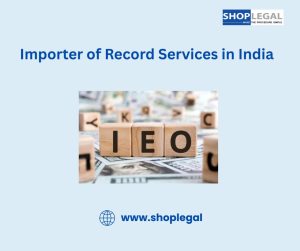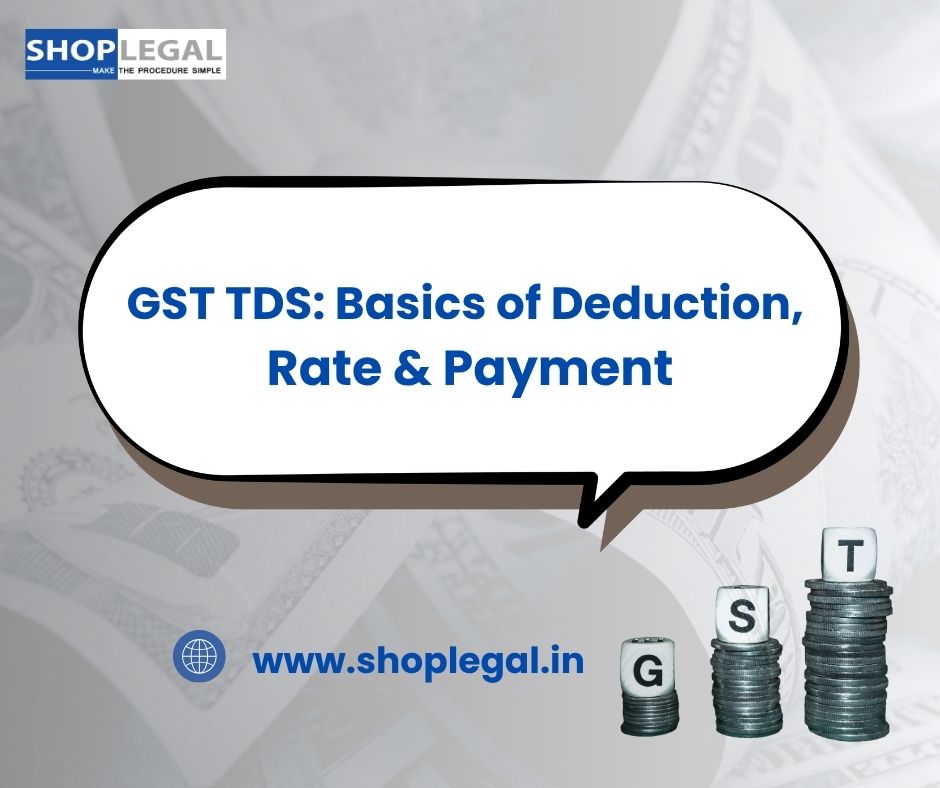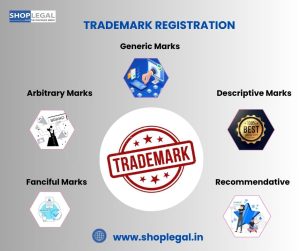Post–Company Formation Filings and Compliances for OPC in India
Starting a company in India is an exciting milestone, but incorporation is just the beginning. Once your company is registered you must fulfill several post-incorporation filings and annual companies requirements to keep it legally active.
Ignoring these statutory obligations can lead to severe penalties, disqualification of directors, or even the company being struck off the register.
This 2025 guide provides a complete overview of essential MCA filings, statutory due dates, and key compliance tips for Private Limited Companies, LLPs, and One Person Companies (OPCs).
- Key MCA / ROC Compliances
- a) Commencement of Business (Form INC-20A)
Applicable to: Companies having share capital.
Purpose: To confirm that the company’s subscribers have paid their share capital.
Timeline: Within 180 days of incorporation.
Attachment: Bank statement showing capital receipt.
Penalty: ₹50,000 on the company and ₹1,000 per day on each defaulting director.
- b) Registered Office Verification (Form INC-22)
If the registered office address wasn’t confirmed during incorporation, Form INC-22 must be filed within 30 days of incorporation to verify the address.
- c) Appointment of First Auditor (Form ADT-1)
The first auditor must be appointed within 30 days of incorporation, and Form ADT-1 should be filed within 15 days of appointment. The auditor’s tenure is typically five years.
- d) Annual Financial Statements (Form AOC-4 / AOC-4 XBRL)
Purpose: To file the company’s audited financial statements with the Registrar of Companies (ROC).
Due Dates:
- Private/Public Companies: Within 30 days of the AGM.
- OPCs: Within 180 days from the end of the financial year.
- e) Annual Return (Form MGT-7 / MGT-7A)
Purpose: To disclose details about shareholding, directors, and compliance matters.
Due Dates:
- Other Companies: Within 60 days of the AGM.
- OPCs: Within 60 days after the AOC-4 filing (usually by late November).
If your business is newly incorporated or planning OPC Registration in Coimbatore, ensure that all initial compliance filings such as INC-20A, ADT-1, and AOC-4 are completed within the prescribed time frame. Non-compliance during the first year can lead to penalties that may affect your brand credibility.
- f) Director KYC (DIR-3 KYC / DIR-3 KYC WEB)
Who: Every individual with a Director Identification Number (DIN).
Due Date: 30th September every year.
Penalty: ₹5,000 if delayed; the DIN becomes inactive until reactivated.
- g) Return of Deposits (Form DPT-3)
Purpose: To report outstanding loans, deposits, or advances.
Due Date: 30th June every year.
Note: Mandatory even for “nil” reporting.
- h) MSME Payment Disclosure (Form MSME-1)
Purpose: To disclose payments pending to Micro & Small Enterprises beyond 45 days.
Due Dates:
- For April–September: 31st October
- For October–March: 30th April
For entrepreneurs pursuing Registration in Bangalore, these timely submissions are crucial. The city’s startup ecosystem is highly regulated, and missing compliance deadlines can disrupt funding, investor trust, or even business registration renewals.
- i) Share Capital Reconciliation (Form PAS-6)
Applicable to: Unlisted public companies.
Purpose: To reconcile issued and dematerialised share capital.
Due Dates: Within 60 days of each half-year end (30 May & 29 November).
- j) Significant Beneficial Ownership (Form BEN-2)
Purpose: To report individuals holding significant beneficial ownership in the company.
Timeline: Within 30 days of receiving BEN-1 from the shareholder.
- k) Charge Creation / Satisfaction (Form CHG-1 / CHG-4)
Purpose: To register creation or satisfaction of loans or securities.
Timelines:
- CHG-1 (Creation): Within 30 days.
- CHG-4 (Satisfaction): Within 30 days after repayment.
- l) Board Meetings & Annual General Meeting (AGM)
Private/Public Companies must hold at least four board meetings annually with a maximum 120-day gap between two meetings.
AGM: Must be conducted each year, latest by 30th September.
OPCs are exempt but must record all resolutions signed by the sole member.
- Income Tax Compliances
- a) TAN & TDS Returns
Companies deducting tax at source (TDS) must obtain a Tax Deduction Account Number (TAN).
- TDS payment due by the 7th of the following month (for March – by 30th April).
- Quarterly TDS returns are filed through Forms 24Q, 26Q, or 27Q.

- b) Advance Tax
Companies must pay advance tax in four installments:
- 15 June – 15%
- 15 September – 45%
- 15 December – 75%
- 15 March – 100%
- c) Income Tax Return (ITR-6 / ITR-5 for LLPs)
Due Date: 31st October for companies subject to audit.
Audit Report: Must be filed before the ITR due date if applicable.
- GST Compliances
- a) GST Registration
Companies must register under GST if their turnover exceeds ₹40 lakh (₹20 lakh for service providers) or if engaged in interstate supply.
- b) GST Returns (Monthly/Quarterly)
- GSTR-1: Outward supplies
- GSTR-3B: Summary return with tax payment
Due Dates: Typically 11th & 20th of each month (varies by state and turnover).
- c) Annual GST Return (GSTR-9 / 9C)
Due Date: 31st December following the financial year.
Applicability: Mandatory for entities above the prescribed turnover limit.
- Labour Law & State Registrations
After incorporation, businesses must obtain relevant registrations based on employee strength and location:
- EPF (Provident Fund): Mandatory for 20+ employees.
- ESI (Employee State Insurance): Required for 10+ employees.
- Professional Tax: As per state laws, with monthly or quarterly filings.
- Shops & Establishments Act: Mandatory for every office or establishment.
- FEMA / RBI Compliances (For Foreign Investment)
If your company has received foreign investment:
- Form FC-GPR: File within 30 days of share allotment to non-residents.
- Form FC-TRS: File within 60 days of transfer between resident and non-resident.
- Annual FLA Return: File by 15 July annually for companies with foreign assets/liabilities.
- Compliance Calendar Summary
| Compliance | Form | Due Date | Frequency |
| Commencement of Business | INC-20A | Within 180 days | One-time |
| Appointment of Auditor | ADT-1 | Within 15 days | Annual |
| Financial Statement | AOC-4 | 30 days of AGM / 180 days (OPC) | Annual |
| Annual Return | MGT-7 / 7A | 60 days of AGM | Annual |
| Director KYC | DIR-3 KYC | 30 September | Annual |
| Deposit Return | DPT-3 | 30 June | Annual |
| MSME Disclosure | MSME-1 | 30 Apr / 31 Oct | Half-yearly |
| TDS Return | 24Q / 26Q | 31 Jul / 31 Oct / 31 Jan / 31 May | Quarterly |
| GST Returns | GSTR-1 / 3B | Monthly/Quarterly | Regular |
| FLA Return | — | 15 July | Annual |
- Common Compliance Mistakes
- Missing the INC-20A deadline may lead to deactivation of the company.
- Failure to appoint an auditor violates Section 139 of the Companies Act.
- Ignoring DIR-3 KYC leads to DIN deactivation.
- Skipping DPT-3 or MSME-1 filings attracts heavy late fees.
- Not maintaining statutory registers or minutes books is a common oversight.
- Late GST filings result in blocked e-way bills and Input Tax Credit (ITC) mismatches.
- Compliance Checklist for New Companies
Immediately after Incorporation:
- Open a current account and deposit share capital.
- File INC-20A within 180 days.
- Appoint an auditor and record the resolution.
- Apply for GST, Professional Tax, and Shops & Establishments registration.
- Maintain statutory registers and minutes.
Every Quarter:
- Deposit and file TDS returns.
- File applicable GST returns.
Every Half-Year:
- File MSME-1 if applicable.
Annually:
- File AOC-4, MGT-7/7A, DPT-3, DIR-3 KYC, ITR, and FLA Return (if required).
- Why Compliance Matters
Compliance is more than just a legal formality—it builds trust with investors, banks, and regulators. Regular ensures smoother due diligence during funding or partnerships, promotes good governance, and protects directors from legal risks.
- Conclusion
Every company registered under the Companies Act must fulfill its post-incorporation and annual compliance obligations. Planning your compliance calendar in advance and partnering with professionals ensures timely and error-free filings.
We specialize in helping startups from OPC in Chennai to annual ROC and tax filings — stay compliant effortlessly. Our expert team ensures your business remains legally sound and worry-free through every stage of growth., SMEs, and growing companies stay compliant — from incorporation to annual filings and tax registrations — ensuring your business remains legally sound and worry-free.























